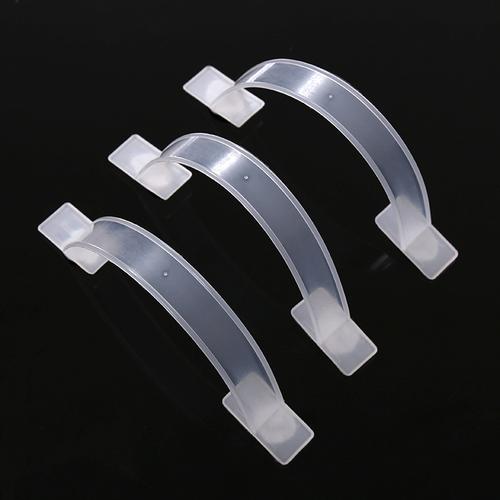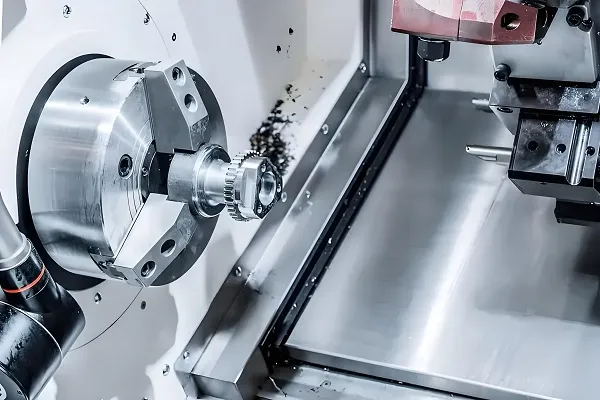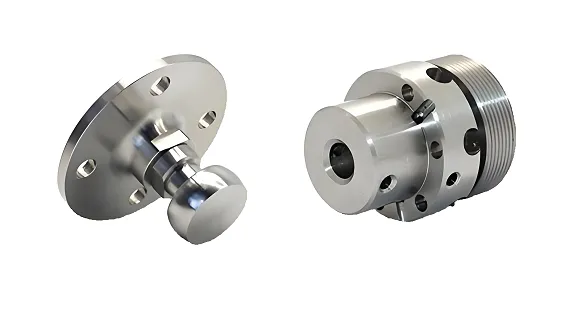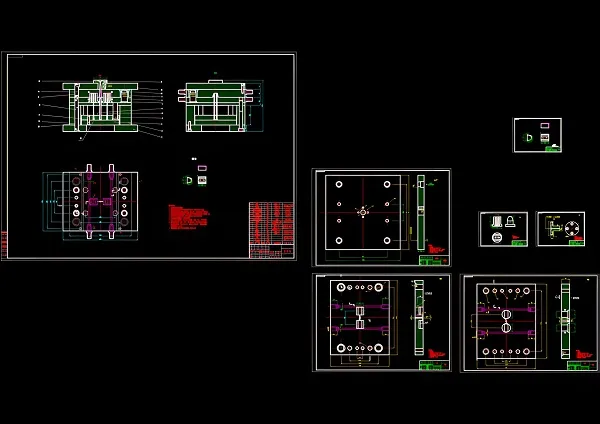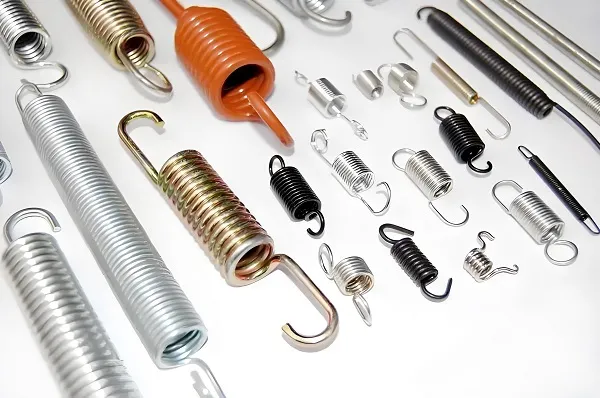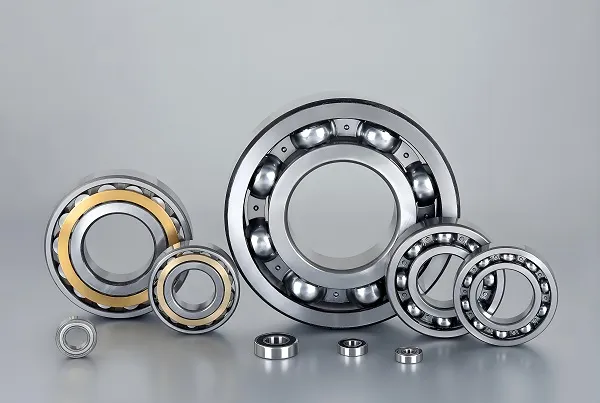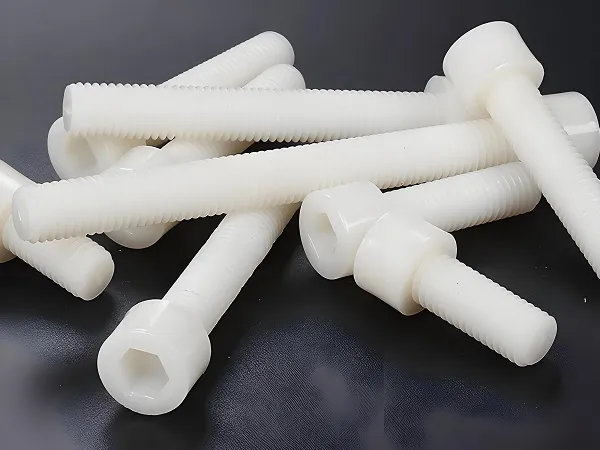Stainless steel gear parts are precision-engineered components designed to transmit power and motion in machinery, valued for their exceptional corrosion resistance, strength, and durability. Made from alloy steels containing chromium (≥10.5%), they maintain performance in harsh environments where standard steel gears would degrade. Custom versions are tailored to specific load, speed, and environmental requirements, ensuring optimal functionality across diverse industrial applications.
1. Why Custom Stainless Steel Gear Parts
Standard gears often fail to meet the unique demands of specialized applications—whether it’s resisting saltwater corrosion in marine equipment, withstanding high temperatures in industrial ovens, or maintaining precision in medical devices. Custom stainless steel gears address these challenges through tailored design.
They allow for precise engineering of tooth geometry (module, pressure angle) to match specific torque and speed requirements, ensuring efficient power transfer. Customization also enables selection of the ideal stainless steel grade for the environment (e.g., 316 for saltwater, 440C for high hardness) and integration of special features like keyways or hubs, which off-the-shelf gears rarely provide. For industries requiring compliance with strict standards (food processing, pharmaceuticals), custom gears can be designed to meet hygiene and material regulations.
2. Stainless Steel Gear Parts Processing Technologies
- Hobbing: Uses a rotating cutting tool (hob) to create gear teeth with precise profiles, ideal for high-volume production of spur and helical gears. Achieves tight tolerances (±0.02mm) and consistent tooth spacing, critical for smooth operation.
- CNC Machining: Employs computer-controlled mills and lathes to cut gears from solid stainless steel blocks, suitable for low-volume production or complex geometries (bevel, worm gears). Enables precise control over critical dimensions and quick design modifications.
- Grinding: Finishes gear teeth with abrasive wheels to achieve ultra-smooth surfaces (Ra 0.4μm or better) and exact dimensional accuracy, essential for high-speed applications where minimal friction is required. Reduces noise and extends service life.
- Wire EDM (Electrical Discharge Machining): Uses electrical discharges to cut complex gear shapes from hardened stainless steel, ideal for intricate designs or materials too hard for conventional machining. Produces burr-free teeth with exceptional precision.
- Forging: Heats stainless steel to high temperatures and shapes it under pressure, enhancing material density and strength. Creates gears with superior fatigue resistance, perfect for high-load applications like industrial machinery and heavy equipment.
3. Stainless Steel Gear Parts Processing Flow
- Design & Engineering: Collaborate with clients to define specifications (tooth count, pitch diameter, load capacity) and operating conditions (temperature, environment). Use CAD software and gear simulation tools to optimize tooth profile and material stress distribution.
- Material Selection: Choose the appropriate stainless steel grade based on application needs—304 for general corrosion resistance, 316 for saltwater environments, 416 for machinability, or 440C for high hardness and wear resistance.
- Blank Preparation: Cut stainless steel bar stock or plate into gear blanks using sawing or plasma cutting, ensuring consistent dimensions for subsequent processing.
- Rough Machining: Shape blanks into basic gear forms (bore, outer diameter, hub) using turning or milling operations, creating a foundation for tooth cutting.
- Tooth Cutting: Use hobbing, shaping, or CNC machining to cut gear teeth, ensuring precise geometry and spacing. Helical gears require angle adjustments to match helix specifications.
- Heat Treatment: Apply processes like annealing (to reduce stress), quenching, and tempering to achieve desired hardness (typically 30–60 HRC, depending on grade). 440C gears often undergo cryogenic treatment to enhance wear resistance.
- Finishing: Grind teeth to final dimensions and surface finish, then deburr edges to prevent stress concentration and improve safety. Some gears receive surface treatments like passivation to enhance corrosion resistance.
- Inspection & Testing: Verify dimensional accuracy using gear measurement machines (GMM), check hardness with Rockwell testers, and perform magnaflux testing to detect surface cracks. Critical applications require load testing to ensure performance under operating conditions.
4. Stainless Steel Gear Parts Characteristics
- Corrosion Resistance: The chromium content forms a passive oxide layer that resists rust and degradation in moist, chemical, or saltwater environments—316 grade offers superior resistance to chlorides compared to 304.
- High Strength & Durability: Tensile strengths range from 500–1,500 MPa depending on grade, enabling stainless steel gears to withstand heavy loads and repeated stress without deformation or failure.
- Temperature Resistance: Maintains mechanical properties across a wide range—304 performs reliably from -270°C to 870°C, making it suitable for both cryogenic and high-temperature applications.
- Hygiene Compatibility: Smooth, non-porous surfaces (especially after polishing) prevent bacterial growth, meeting FDA and EU 10/2011 standards for food and pharmaceutical equipment.
- Wear Resistance: Martensitic grades (440C) achieve high hardness (58–60 HRC) after heat treatment, offering excellent resistance to abrasion and tooth wear in high-friction applications.
- Dimensional Stability: Low thermal expansion coefficient (16–18 × 10⁻⁶/°C for austenitic grades) ensures gears maintain precision dimensions across temperature fluctuations.
5. Stainless Steel Gear Parts Applications
- Food & Beverage Processing: Gears in conveyors, mixers, and filling machines, where 304 or 316 stainless steel resists cleaning chemicals and meets hygiene standards. Smooth surfaces prevent product buildup.
- Marine & Offshore Equipment: 316 stainless steel gears in boat winches, propeller systems, and offshore machinery, withstanding saltwater corrosion and harsh weather conditions.
- Medical & Pharmaceutical Machinery: Precision gears in drug manufacturing equipment and medical devices, using 316L for its biocompatibility and resistance to sterilization processes (autoclaving).
- Chemical Processing: Gears in pumps, agitators, and reactors, where 316 stainless steel resists corrosive chemicals (acids, solvents) and high temperatures.
- Aerospace & Defense: High-strength 17-4 PH stainless steel gears in aircraft actuators and military equipment, offering a balance of corrosion resistance and mechanical performance.
- Wastewater Treatment: Gears in pumps and sludge handlers, where 304 stainless steel resists corrosion from water and treatment chemicals.
6. Stainless Steel Gear Parts Performance Additions
- Surface Hardening: Processes like carburizing or nitriding create a hard outer layer (60+ HRC) while maintaining a tough core, enhancing wear resistance without sacrificing ductility—ideal for high-load gears.
- Polishing: Achieves mirror-like surface finishes (Ra < 0.1μm) to reduce friction, prevent bacterial adhesion (critical for food/medical), and improve corrosion resistance by eliminating surface imperfections.
- Passivation: Treats surfaces with nitric acid to enhance the chromium oxide layer, maximizing corrosion resistance—especially important for gears exposed to moisture or chemicals.
- Lubrication Grooves: Machined channels in gear faces or hubs distribute lubricant evenly, reducing friction and wear in high-speed applications.
- Precision Balancing: Dynamically balances gears to minimize vibration at high speeds, reducing stress on shafts and bearings and improving energy efficiency.
- Corrosion Inhibitors: Special coatings or platings (e.g., electroless nickel) add an extra layer of protection in extreme environments, extending gear life by 30–50%.
7. Stainless Steel Gear Parts Common Questions
- Which stainless steel grade is best for my application?
- 304: General-purpose, good corrosion resistance for dry or mildly moist environments (food processing, appliances).
- 316: Superior corrosion resistance in saltwater, chemicals, or high-humidity environments (marine, chemical processing).
- 416: Easy to machine, suitable for gears requiring complex shapes but moderate corrosion resistance (industrial machinery).
- 440C: High hardness (58–60 HRC) and wear resistance, ideal for high-friction applications (bearings, precision mechanisms) but lower corrosion resistance.
- How strong are stainless steel gears compared to carbon steel gears?
Stainless steel gears generally have comparable tensile strength to carbon steel (600–1,000 MPa) but offer superior corrosion resistance. Martensitic grades (440C) can achieve higher hardness than many carbon steels, providing better wear resistance in dry or low-lubrication applications.
- Can stainless steel gears operate in high-temperature environments?
Yes—304 and 316 grades maintain strength up to 870°C and 815°C respectively, making them suitable for industrial ovens, furnaces, and engine compartments. For temperatures exceeding 900°C, specialty heat-resistant alloys (e.g., 310) are available.
- Are custom stainless steel gears more expensive than standard carbon steel gears?
Initial costs are higher due to material costs and specialized processing, but their longer service life (2–3x that of carbon steel in corrosive environments) and lower maintenance needs result in lower total cost of ownership. For applications requiring corrosion resistance, they are often cost-effective.
- What is the typical lifespan of stainless steel gears?
In moderate environments, they last 10,000–20,000 operating hours. In harsh conditions (saltwater, chemicals), 316 stainless steel gears can outlast carbon steel gears by 5–10x, often exceeding 30,000 operating hours with proper maintenance.
Need custom stainless steel gears tailored to your specific application? Whether you require corrosion-resistant gears for marine equipment, high-precision components for medical devices, or wear-resistant parts for industrial machinery, we can deliver engineered solutions. Share your requirements (load, speed, environment, dimensions) in the comments, and our team will provide material recommendations, design insights, and performance projections. Let’s create gears that deliver reliable performance for your most demanding applications!
